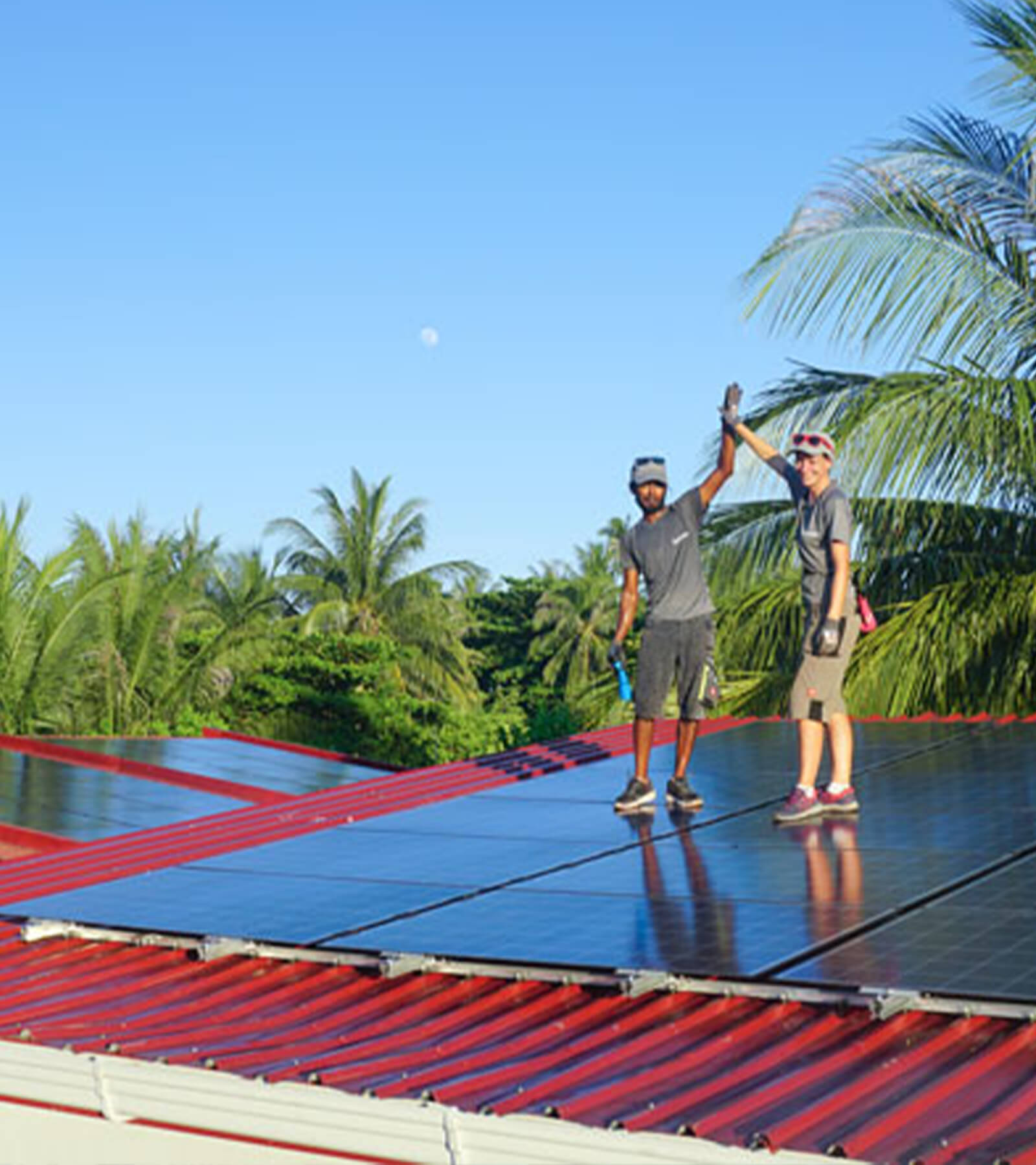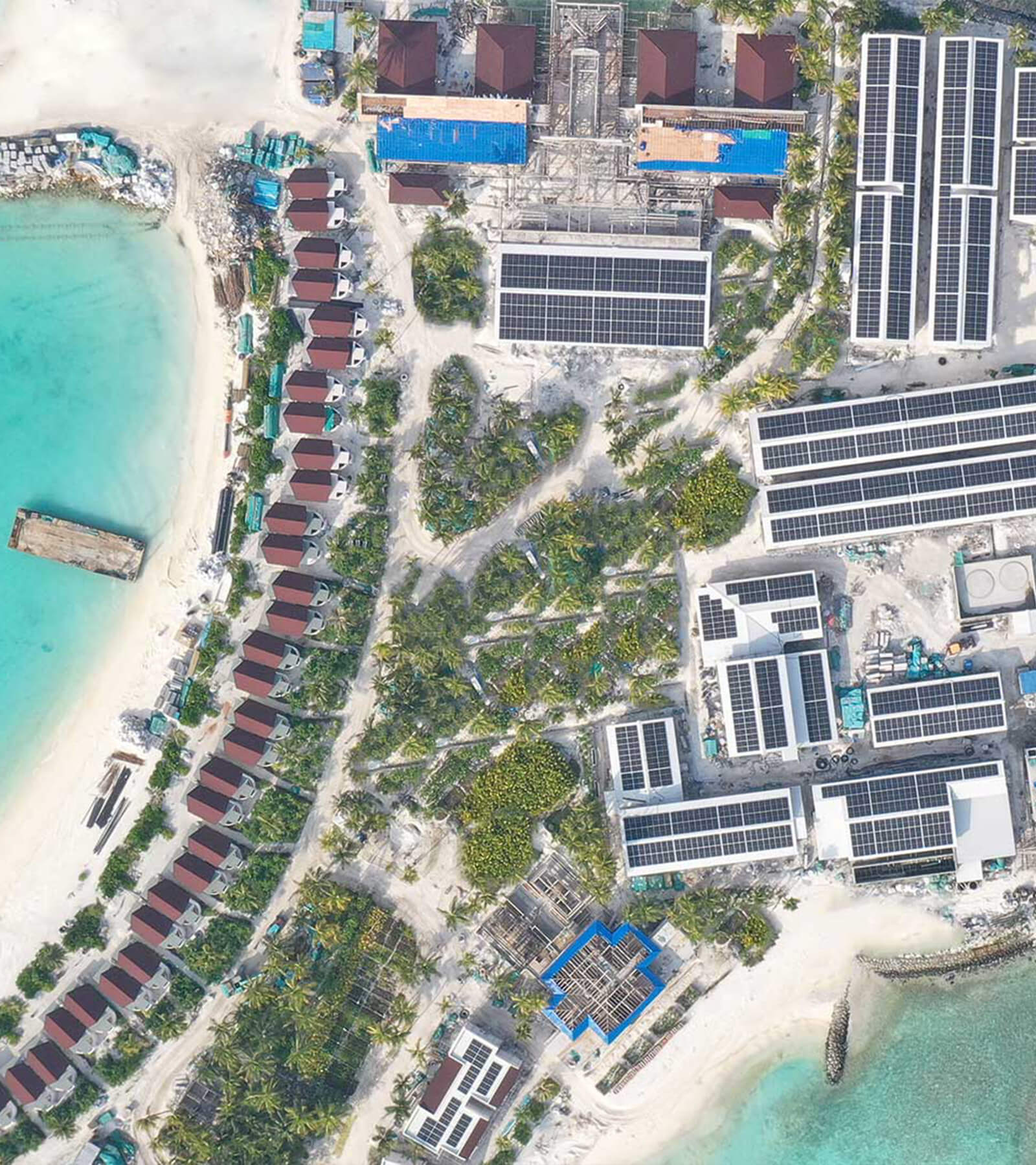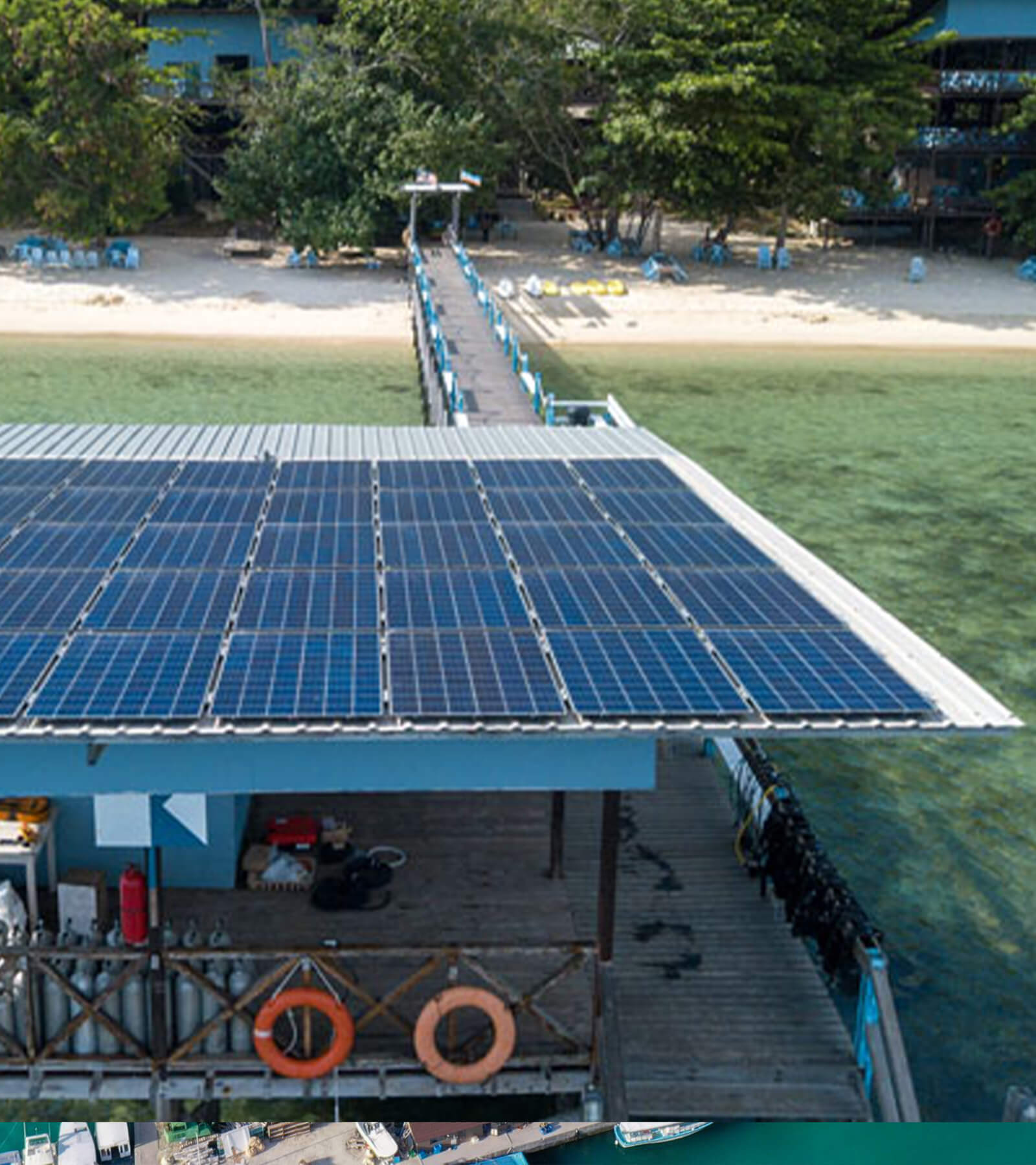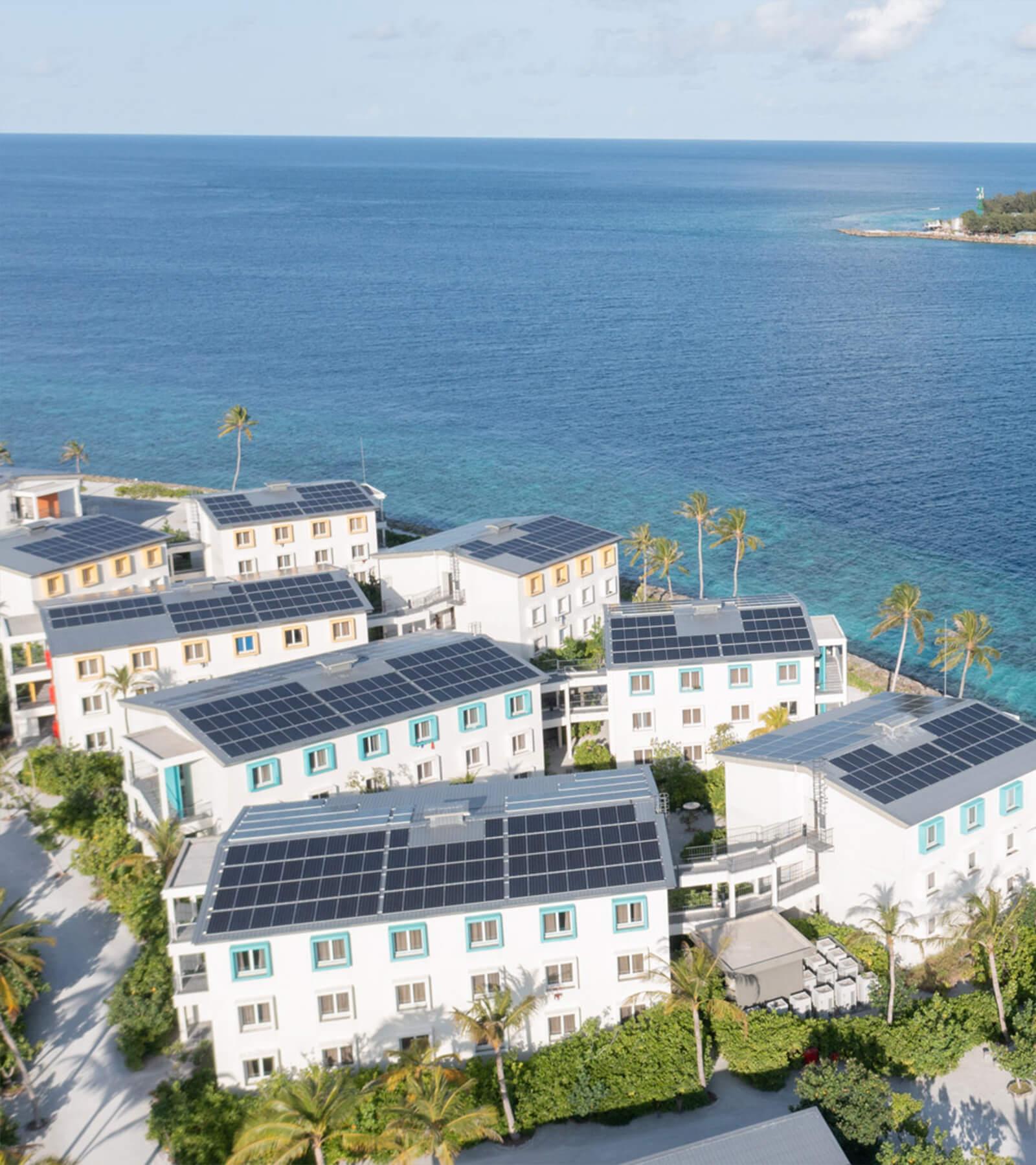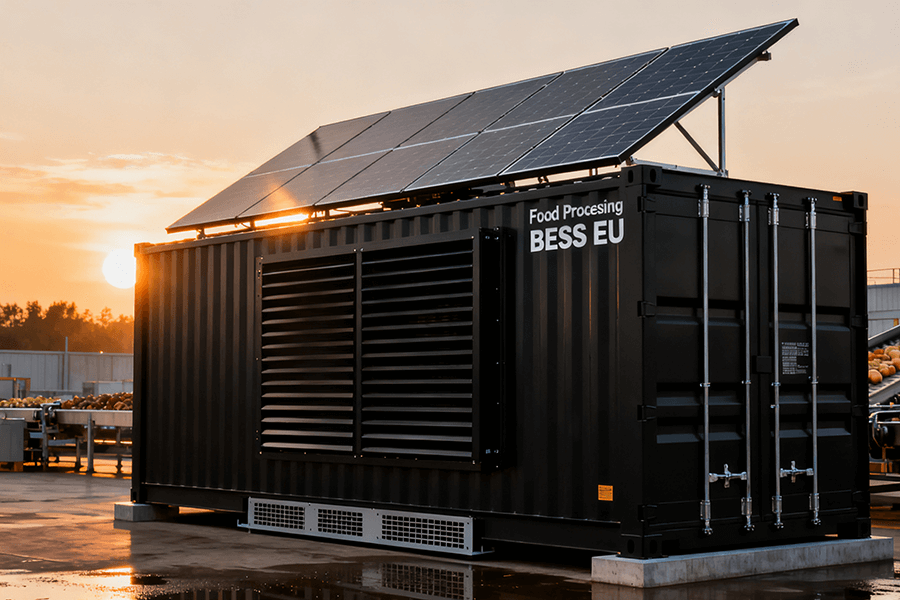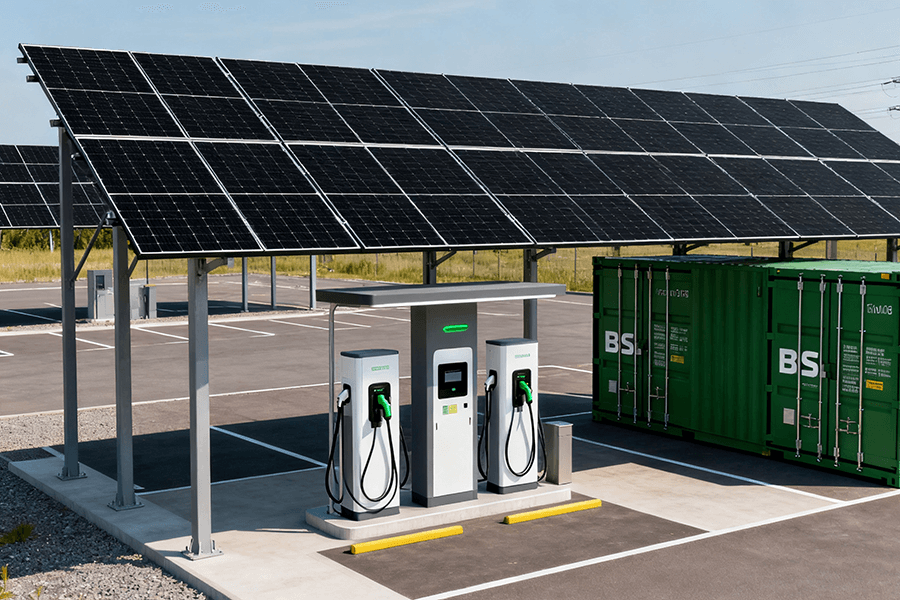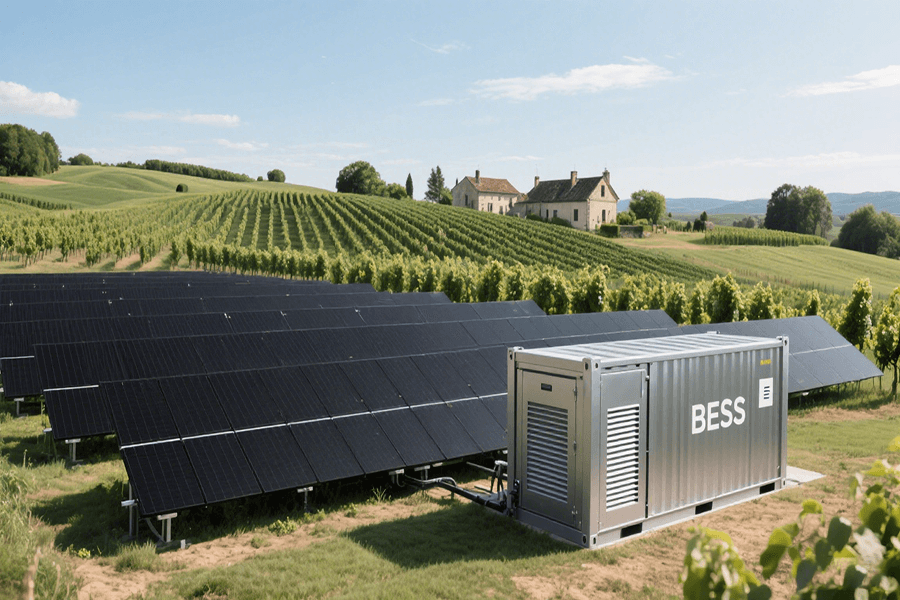
The EU Solar Cooperative Boom (and Its Grid Headache)
2025 isn’t just the year of better coffee trends in Brussels—it’s the year EU residential solar cooperatives hit a massive milestone: over 20,000 active co-ops, up from 12,000 in 2020 [source: European Commission’s Citizens’ Energy Communities Report 2025]. This exponential growth mirrors a profound shift in Europe’s energy landscape, where communities are no longer passive consumers but active participants in the green transition.
Community-Owned Solar Arrays: The Grassroots Energy Revolution
Imagine a bustling neighborhood potluck, but instead of traditional dishes, residents contribute solar panels to a shared energy buffet. These community-owned solar arrays capture the sun’s rays, converting them into electricity that powers homes and businesses. However, this grassroots energy revolution comes with its own set of challenges.
The Catch: Grid Management Challenges
As more households join the solar co-op movement, grid management becomes increasingly complex. When 50+ households in a co-op feed solar power to the grid simultaneously, it creates a bottleneck known as grid congestion. It’s akin to plugging 50 smartphones into a single power strip—too much demand on a limited resource. This congestion can lead to:
- Power outages
- Voltage fluctuations
- Damage to electrical infrastructure
The Game-Changing Solution: Low-Voltage BESS Container
Enter the Low-Voltage BESS Container (400V, to be precise): the game-changing solution that acts as a “power strip upgrade” for residential solar cooperatives. Here’s how it works:
- Energy Aggregation: Aggregates distributed solar power
- Storage: Stores excess energy generated during peak sunlight hours
- Release: Releases stored energy when demand is high
By smoothing out the intermittent nature of solar energy, the Low-Voltage BESS Container ensures a stable and reliable power supply, preventing the grid from “throwing a tantrum.”
With this innovative technology, the days of “sorry, your solar power can’t connect right now” are numbered. Instead, EU residents can enjoy a seamless flow of clean, renewable energy, powered by their own communities and supported by cutting-edge solutions. This not only reduces reliance on fossil fuels but also empowers citizens to take control of their energy future.
Tech Win: Plug-and-Play Magic for Co-op Budgets
Let’s be real: Co-ops don’t have time for “install this, tweak that, wait 6 months” energy gear. Low-Voltage BESS (Battery Energy Storage System) Containers are the unsung heroes of the residential solar revolution, offering a plug-and-play solution tailored to the needs of EU’s community-driven energy initiatives. Engineered to seamlessly integrate with 10–50 kWh co-op solar systems—the optimal capacity for most European neighborhoods—these containers simplify the transition to sustainable energy without the complexity typically associated with large-scale installations.
The results speak for themselves. According to the International Energy Agency’s Distributed Storage Report 2024, co-ops equipped with Low-Voltage BESS Containers achieve an impressive 85% energy self-sufficiency. This significant reduction in grid reliance—from relying on the grid for 55–65% of energy needs down to just 15%—is comparable to shifting from daily takeout meals to indulging in the occasional treat.
In practical terms, the financial savings are equally remarkable. On average, households within these co-ops experience a 25% reduction in their annual energy bills. Based on a typical annual bill of €1,000, this translates to €250 in savings per household—funds that can be redirected towards community projects or personal investments.
Performance Comparison: BESS Container Impact on a Typical Co-op
The transformative impact of Low-Voltage BESS Containers becomes even clearer when examining key performance metrics:
| Metric | Without Low-Voltage BESS Container | With Low-Voltage BESS Container |
|---|---|---|
| Self-sufficiency Rate | 45–55% | 85% |
| Annual Energy Bill Cut | €50–€80/household | €250/household |
| Grid Congestion Incidents | 12–15/year | 0–2/year |
| Peak Load Management | Limited control | Precise load shifting |
| Energy Export Revenue | Minimal | Potential for additional income |
These containers not only enhance energy independence but also contribute to grid stability by reducing congestion during peak demand periods. The ability to store excess solar energy for later use ensures a consistent power supply, even during cloudy days or at night, solidifying their role as a cornerstone of sustainable community energy systems in the EU.
Policy & Trading: Playing Nice with EU Rules (and Neighbors)
The EU has always been meticulous about establishing regulations, especially those aimed at safeguarding public safety and ensuring fair practices within the energy sector. The Low-Voltage BESS Container stands out as a paragon of compliance, fully adhering to the stringent requirements of the EU Low-Voltage Directive (LVD 2014/35/EU), as officially documented in the EU Official Journal L96/1.
This comprehensive compliance translates into tangible benefits for residential solar cooperatives:
- Fire Prevention: Minimizes the risk of electrical fires
- Voltage Stability: Maintains consistent power levels
- Legal Assurance: Eliminates regulatory risks
These safeguards provide peace of mind to both operators and end-users, reinforcing the reliability of solar energy systems.
P2P Energy Trading: Transforming Excess Solar into a Lucrative Revenue Stream
These state-of-the-art containers empower solar cooperatives to engage in peer-to-peer (P2P) energy trading, revolutionizing the way energy is distributed and consumed at the community level.
Case Study: Vandebron’s Impact
A prime example of this innovative approach in action is Vandebron, a leading P2P energy platform based in the Netherlands. As detailed in Vandebron’s 2024 Co-op Impact Report, the platform enables solar cooperatives to:
- Sell surplus solar energy directly to neighboring consumers
- Eliminate intermediaries and associated markups
Analogy: Visualize it as having an abundance of freshly baked cookies. Instead of letting them go to waste, you hold onto them until your neighbor, in need of a snack, asks for some. Similarly, the BESS Container acts as an energy storage solution, storing excess solar energy generated during peak production hours and releasing it when demand surges.
Financial Impact
The economic benefits of this model are significant:
- Average Monthly Revenue: Dutch solar cooperatives using Low-Voltage BESS Containers reported €320 from P2P energy sales in 2024 (source: Vandebron 2024 Report)
- Cost Coverage: Additional income offsets operational and maintenance expenses
- Community Reinvestment: Surplus funds can support local initiatives or reward members, fostering a sense of ownership and collaboration within the community
Sizing Guide & Funding: How to Get Started (Without Breaking the Bank)
Step 1: Determine the Optimal System Size
When setting up a low-voltage Battery Energy Storage System (BESS) container for residential solar cooperatives in the European Union, precise sizing is crucial for cost-effective energy management. The EU’s Energy Community Toolkit provides a practical guideline for determining the appropriate BESS capacity based on the number of participating households: allocate 1 MWh of BESS storage per 200 households. This standard ensures that the storage system can effectively balance energy supply and demand, maximizing the utilization of solar-generated electricity within the community.
Here are some examples illustrating how to calculate the required BESS capacity for different cooperative sizes:
| Number of Households | Recommended BESS Capacity |
|---|---|
| 100 | 500 kWh |
| 200 | 1 MWh |
| 300 | 1.5 MWh |
| 400 | 2 MWh |
It’s important to note that these are baseline recommendations. Factors such as local solar irradiance, typical energy consumption patterns, and the presence of other distributed energy resources may necessitate adjustments to ensure the BESS meets the specific needs of the community.
Step 2: Leverage EU and Local Funding Opportunities
Investing in a BESS container doesn’t have to strain your cooperative’s budget, thanks to various funding initiatives available at the EU and local levels.
EU-Level Funding: The CEC Fund
The EU Citizens’ Energy Communities (CEC) Fund stands as a pivotal resource for residential solar cooperatives. It offers grants covering up to 40% of the BESS project costs.
- Example: A €100,000 BESS container investment could secure a €40,000 grant.
- Source: EU CEC Funding Guidelines 2025
Local Subsidies & Cost Savings Synergy
To optimize savings, combine EU CEC grants with local incentives:
- Case Study: Germany’s KfW Solar Storage Grant provides additional support for renewable energy storage adoption.
- Potential Savings: By leveraging both funding sources, cooperatives may reduce total costs by up to 60%, making BESS installations more financially viable.
Grant Application Best Practices
When applying for these funds:
- Eligibility Alignment: Ensure your project meets each program’s specific criteria.
- Documentation: Prepare comprehensive materials, including:
-
- Proof of the cooperative’s legal status
-
- Detailed project plans
-
- An outline of expected environmental and social benefits from the BESS installation
Why Maxbo Solar Is Your Co-op’s Perfect Partner (Hi, It’s Us!)
At Maxbo Solar (www.maxbo-solar.com), we’ve been at the forefront of powering EU residential solar cooperatives with our Low-Voltage BESS Containers since 2018. With years of hands-on experience under our belt, we’ve mastered the art and science of solar energy storage solutions tailored to the unique needs of co-ops. Our offerings go far beyond simply providing a metal box housing batteries; we’re your comprehensive partner in sustainable energy initiatives.
Here’s what sets us apart and makes us the go-to choice for solar co-ops across the EU:
- Customized Container Solutions: Whether your co-op consists of 10 households or 500, we’ve got you covered. Our team of experts will work closely with you to assess your energy requirements, available space, and long-term goals. Based on this analysis, we’ll design and build a Low-Voltage BESS Container that fits your needs like a glove, ensuring optimal performance and energy storage capacity for your co-op.
- Streamlined LVD Compliance: Navigating the complex landscape of Low Voltage Directive (LVD) compliance paperwork can be a headache for any co-op. But worry not! We understand the challenges and frustrations that come with red tape, and we’re here to take that burden off your shoulders. Our dedicated compliance team will handle all the necessary documentation, ensuring that your BESS Container meets all EU safety and regulatory standards. We’ll keep you informed every step of the way, so you can focus on what matters most—empowering your community with clean, renewable energy.
- Expert Funding Support: Securing funding for your solar energy project is crucial, and we’re committed to helping you succeed. Our team has an impressive track record when it comes to CEC (Clean Energy Community) funding applications, boasting a remarkable 92% success rate. We’re not just good at what we do; we’re practically funding wizards! From crafting compelling grant proposals to gathering the required documentation and submitting applications on your behalf, we’ll guide you through the entire process, increasing your chances of obtaining the financial support you need to make your solar co-op dreams a reality.
Our Barcelona Success Story
A shining example of our commitment to excellence and our ability to deliver results is our recent collaboration with a 150-household solar co-op in Barcelona. When they approached us, they had clear goals in mind:
| Project Goals | Details |
|---|---|
| Energy Storage Capacity | 750 kWh container |
| Installation Timeline | 6-week installation |
| Self-Sufficiency Target | 80% self-sufficiency |
We were determined to not only meet but exceed their expectations. Through meticulous planning, cutting-edge technology, and a dedicated team of professionals, we were able to deliver outstanding results:
| Achievements | Highlights |
|---|---|
| Self-Sufficiency | An impressive 87% self-sufficiency rate, surpassing the co-op’s initial target |
| Cost Savings | €31,000 in electricity bill savings within just 6 months, providing significant financial relief to the co-op members |
| Recognition | The co-op was awarded the prestigious “Green Co-op of the Year” title, a testament to the positive impact of our solar energy storage solution on the local community |
If you’re a residential solar co-op in the EU looking to take your energy game to the next level, don’t leave things to chance. Head over to www.maxbo-solar.com/eu-coops today to request a free sizing quote and access our comprehensive funding checklist. There are no strings attached—just valuable insights and resources to help you make informed decisions about your solar energy storage project. At Maxbo Solar, we believe that when your co-op thrives with solar storage, we all win. Let’s join forces and create a brighter, more sustainable future for your community.
Final Thought
EU solar co-ops aren’t just a trend—they’re the future of clean energy. But to make that future work, you need a Low-Voltage BESS Container: the tech that turns “chaotic solar power” into “reliable, cheap, community-powered energy.” And when you’re ready to take the leap? Maxbo Solar is right here with you.

